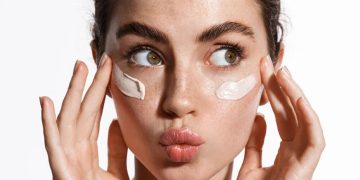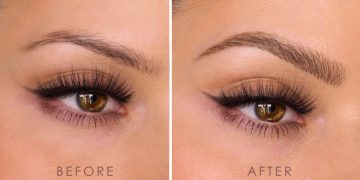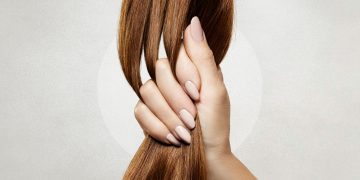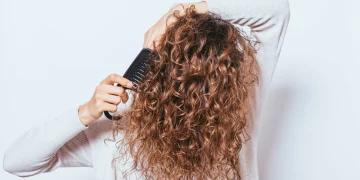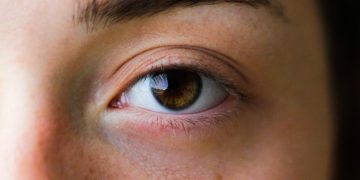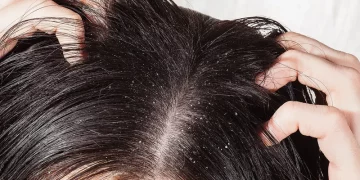Hair growth has long been a subject of fascination, especially for those seeking longer, healthier locks. One of the most persistent myths surrounding hair care is the idea that cutting your hair makes it grow faster. This popular belief has been passed down through generations, but does it actually hold any scientific weight? In this article, we’ll delve into the science of hair growth, debunk myths, and explore whether cutting your hair can actually impact its growth rate.
Understanding Hair Growth
Before we tackle the myth of haircuts, let’s first understand how hair grows. Hair growth occurs in cycles, and the rate at which it grows is primarily determined by genetics. On average, human hair grows about half an inch (1.25 cm) per month or about 6 inches (15 cm) per year. The process happens in three main stages:
- Anagen Phase (Growth Phase): This is the active phase of hair growth. It lasts anywhere from 2 to 7 years, depending on genetics, and during this time, hair grows rapidly.
- Catagen Phase (Transitional Phase): This short phase lasts for about 2 to 3 weeks, during which hair stops growing and the hair follicle shrinks.
- Telogen Phase (Resting Phase): Hair rests during this phase, which lasts for about 3 months, before it falls out and a new hair strand begins to grow.
With this understanding, it becomes clear that the length of the hair you have is not necessarily an indication of how fast your hair is growing, but rather how long it has been in the anagen phase.

The Myth of Cutting Hair for Faster Growth
Now that we know hair growth follows a natural cycle, it’s time to address the myth. Cutting your hair does not make it grow faster. Hair is made of keratin, a protein that is dead by the time it leaves the scalp. When you trim the ends, you are simply removing split ends and preventing breakage. This gives the appearance of healthier hair but does not affect the rate at which the hair grows from the root.
Here’s where the confusion likely stems from: when you trim your hair, it can appear thicker and healthier, which makes it seem like your hair is growing faster. By cutting off damaged ends, the hair appears fuller and shinier, which can create an illusion of faster growth. However, the actual growth rate from the follicle remains unchanged.
Factors That Affect Hair Growth
While cutting your hair won’t make it grow faster, there are several factors that can influence how quickly your hair grows:
- Genetics: Your genetic makeup plays the largest role in determining the rate of hair growth. If your parents had thick, fast-growing hair, you’re more likely to inherit that trait.
- Diet and Nutrition: Hair requires various vitamins and minerals to grow efficiently. A diet rich in vitamins A, C, D, E, and B vitamins, particularly biotin, can support healthy hair growth. Omega-3 fatty acids and proteins are also crucial.
- Hormones: Hormonal changes can significantly affect hair growth. For example, pregnancy can cause faster hair growth, while menopause or thyroid imbalances can lead to hair thinning or slower growth.
- Health Conditions: Certain health conditions, like anemia, alopecia, or thyroid disease, can impede hair growth. It’s important to address any underlying health issues to ensure optimal hair health.
- Scalp Health: A healthy scalp is essential for healthy hair growth. Conditions like dandruff, psoriasis, or clogged hair follicles can prevent hair from growing at its full potential.
- Stress: Chronic stress can lead to hair loss by triggering a condition known as telogen effluvium, where hair follicles enter the resting phase prematurely.
- Hair Care Habits: Overwashing, excessive heat styling, and harsh chemical treatments can damage hair, leading to breakage and slower overall growth. Gentle hair care practices help maintain its health and growth potential.
The Role of Trimming in Hair Health
While cutting your hair won’t directly speed up growth, regular trims can play an essential role in maintaining hair health. As hair grows longer, the ends can become split, dry, or damaged. These split ends can lead to further breakage and slow down the appearance of hair growth because the hair appears thinner and unhealthy. By trimming the ends every 6 to 8 weeks, you’re removing damaged sections of the hair, allowing it to grow more effectively.
Trimming also prevents tangling, making your hair more manageable, and it keeps your locks looking fresh and healthy. While it’s not accelerating growth, trimming helps ensure that your hair grows to its full potential without being hindered by damage.
Hair Growth Myths Busted
Let’s take a look at some other common myths related to hair growth:
- Myth 1: Shampooing Your Hair Every Day Makes It Grow Faster
Overwashing your hair can strip it of natural oils that protect it from damage. Washing your hair too often can make it dry and prone to breakage. Instead, aim to wash your hair every two to three days to maintain a healthy scalp and hair. - Myth 2: Massaging Your Scalp Will Make Your Hair Grow Faster
While scalp massages can increase blood flow to the hair follicles, they do not directly cause hair to grow faster. That said, massaging your scalp can improve the health of your follicles and potentially reduce hair shedding, which might give the illusion of faster growth. - Myth 3: Cutting Your Hair Frequently Will Prevent Breakage
Cutting hair frequently may reduce split ends, but it doesn’t affect breakage in the middle of the strand. Breakage often happens from heat styling, poor hair care practices, or weak hair due to nutrient deficiencies. Healthy hair care habits will do more to prevent breakage than frequent trims. - Myth 4: You Can “Speed Up” Hair Growth
There is no magical remedy that can make your hair grow faster than its natural rate. While supplements and topical treatments can promote healthier hair, they won’t change how fast it grows from the root.
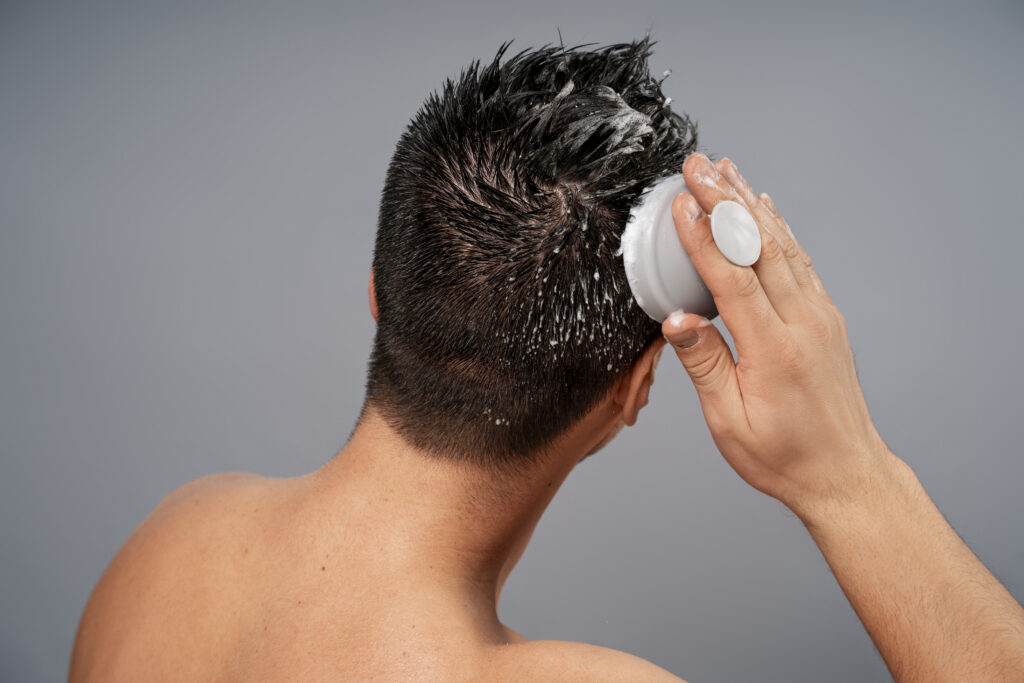
Tips for Promoting Healthy Hair Growth
Although cutting your hair won’t increase its growth rate, there are several things you can do to help create the best environment for optimal hair growth:
- Eat a Nutrient-Rich Diet: Focus on foods that are rich in vitamins, minerals, and proteins to support hair growth. Foods like eggs, salmon, leafy greens, nuts, and berries are all excellent choices.
- Use Gentle Hair Care Products: Choose shampoos, conditioners, and styling products that are free from sulfates and parabens, as these ingredients can strip your hair of moisture. Opt for products that nourish and hydrate.
- Minimize Heat Styling: Excessive use of hair dryers, straighteners, and curling irons can weaken hair and lead to breakage. If you must use heat, always apply a heat protectant beforehand.
- Stay Hydrated: Drink plenty of water to keep your scalp and hair hydrated. Dehydration can lead to dry, brittle hair.
- Be Gentle When Brushing: Use a wide-tooth comb or a brush with soft bristles to avoid pulling on your hair, which can cause breakage.
- Get Enough Sleep: Sleep is essential for overall health, including hair growth. Aim for 7-9 hours of sleep each night to allow your body to repair and regenerate.
- Manage Stress: Since stress can lead to hair loss, practice relaxation techniques like yoga, meditation, or mindfulness to keep stress levels under control.
Conclusion
So, does cutting your hair help it grow faster? The answer is no. While trimming your hair regularly can help maintain its health and appearance, it doesn’t influence the rate at which your hair grows. The most important factors in promoting hair growth are genetics, overall health, diet, and good hair care habits.
By understanding the science of hair growth and debunking common myths, you can take the right steps to support your hair’s health. Whether you’re aiming for longer locks or just want to keep your hair in tip-top shape, it’s important to focus on the factors that truly influence growth, rather than relying on quick fixes like haircuts.






